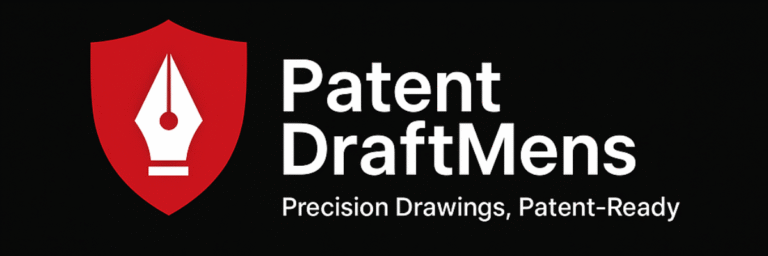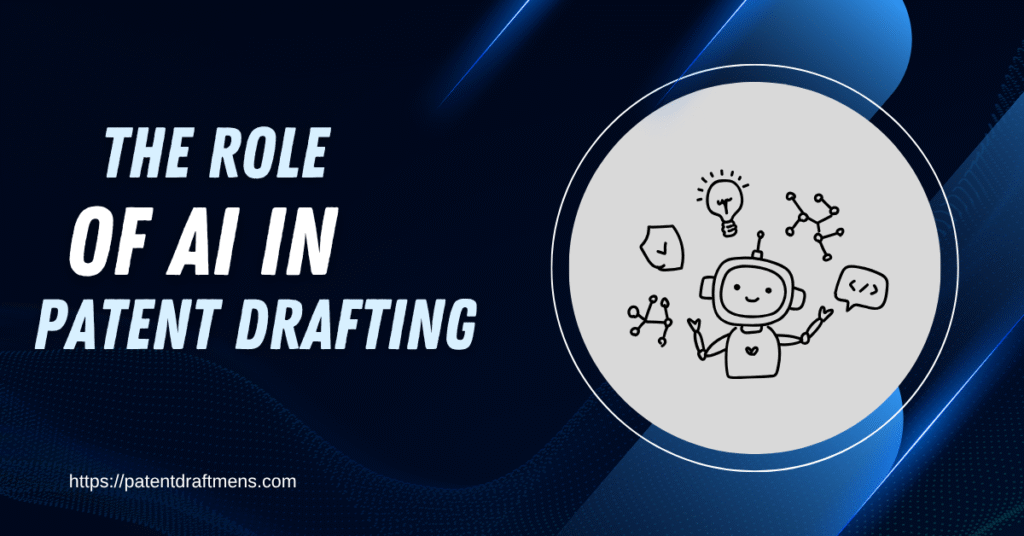Introduction
Imagine you’ve just built something amazing. A new gadget. A smart tool. Something no one else has thought of. Now, you want to protect it. You want to make sure no one else can copy your idea. That’s where a patent comes in.
But writing a patent is hard. It needs strong words, legal terms, and a lot of time. What if a smart helper, like AI, could help you do it?
AI, or artificial intelligence, is like a very smart robot. It learns from many documents. It can read, write, and find patterns fast. It never gets tiring. That’s why people now use AI to help write patent drafts.
In the past, drafting a patent took weeks. Now, with AI, it can take only a few hours. It saves time. It saves money. And it reduces mistakes. But it still needs a human to check and guide it.
In this blog, you’ll learn:
- How AI helps in patent drafting
- Tools and features AI uses
- Pros and cons of using AI in this field
- Real-world examples
- FAQs you might have
Let’s begin our simple journey into how AI is changing the patent world.
What Is Patent Drafting?
Patent drafting is the process of writing a legal document that protects your invention. Think of it like a rulebook that explains what your idea is and what others can’t copy.
A typical patent draft includes:
- Title – The name of your invention
- Abstract – A short summary
- Drawings – Pictures or diagrams that show how it works
- Detailed Description – A step-by-step explanation of how your invention works.
- Claims – This is the most important part. Claims define what is legally protected. If your claims are weak or unclear, someone can work around them and copy your idea legally.
Writing all of this in the right format takes a lot of time and care. That’s why it’s often done by patent lawyers.
But today, AI can help make things faster and easier.
How Does AI Help in Patent Drafting?
AI can do many tasks that would normally take hours or days. Here’s how it helps:
1. Writing Faster
You can give the AI a rough idea, and it will expand it into a full draft. It knows the common structure of patents and can fill in the blanks using smart predictions.
2. Checking Grammar and Style
AI tools can review your writing for grammar, spelling, and clarity. They make sure the language is professional and easy to understand—important for legal documents.
3. Learning From Past Patents
AI is trained on thousands of real patents. It learns what works and what doesn’t. It knows how a good patent sounds and uses that knowledge to write better drafts.
4. Creating Claim Drafts
Writing claims is hard. Even experts struggle with it. AI can suggest a basic version, and then a human can review and polish it. This helps you move faster and gives you a strong base to build on.
5. Translating Legal Terms
AI can take complex legal language and explain it in plain English. It can also translate your draft into other languages if you’re filing globally.
Tools Used in AI Patent Drafting
Here are some smart tools that help:
Tool Name | What It Does |
Specif.io | Creates patent drafts fast using AI |
PowerPatent | Helps write and file patents |
Drafting LLMs (like GPT) | Writes, edits, and polishes patent content |
PatentPal | Creates flowcharts and summaries |
LexisNexis PatentSight | Analyzes patent strength and data |
These tools make the job easy. But again, humans still guide them.
Benefits of Using AI in Patent Drafting
Let’s list the good things AI brings:
- Saves time – Write drafts in hours, not days
- Cuts cost – No need to hire big legal teams
- Reduces errors – AI checks small details fast
- Boosts quality – Uses past patents to learn better writing
- More access – Small inventors can also file patents now
That’s a big win for everyone.
But Wait… What Are the Challenges?
Nothing is perfect. AI also has some issues:
- AI can’t think like humans
- Some legal terms may still confuse it
- AI might copy old content without knowing
- Patent law is strict – small errors can cause big problems
- It can’t replace expert patent lawyers
So, we need humans and AI to work together. That gives the best results.
Real-Life Use of AI in Patents
IBM and AI
IBM uses AI to study patents and trends. It helps inventors find gaps and write smarter patents.
Startups Love AI
Small companies use AI to save time and money. One tool can replace many hours of manual work.
Big Firms Use It Too
Firms like Microsoft and Google use AI in patent research, editing, and translation.
So, AI is used everywhere, not just in labs.
What’s Next in AI Patent Drafting?
The future looks exciting:
- Smarter AI tools with more learning
- AI + Humans = Dream Team
- AI may help in full filing, not just drafts
- More languages and better accuracy
- Stronger rules to stop misuse
If you’re an inventor, student, or lawyer – this is your chance to use AI and stay ahead.
Final Thoughts
AI is not here to replace patent lawyers or inventors. It’s here to support them. Think of AI as a fast-working assistant — one who knows a lot, writes quickly, and never sleeps. But like any assistant, it still needs a smart human to make the final decisions.
If you’re working on a new invention in 2025 or later, consider using AI to help you draft your patent. It won’t do everything for you, but it can save time, reduce cost, and help you get a stronger application.
Just remember: The best patents still come from your ideas, your creativity, and your strategy — AI is just the tool that helps you bring it to life.

